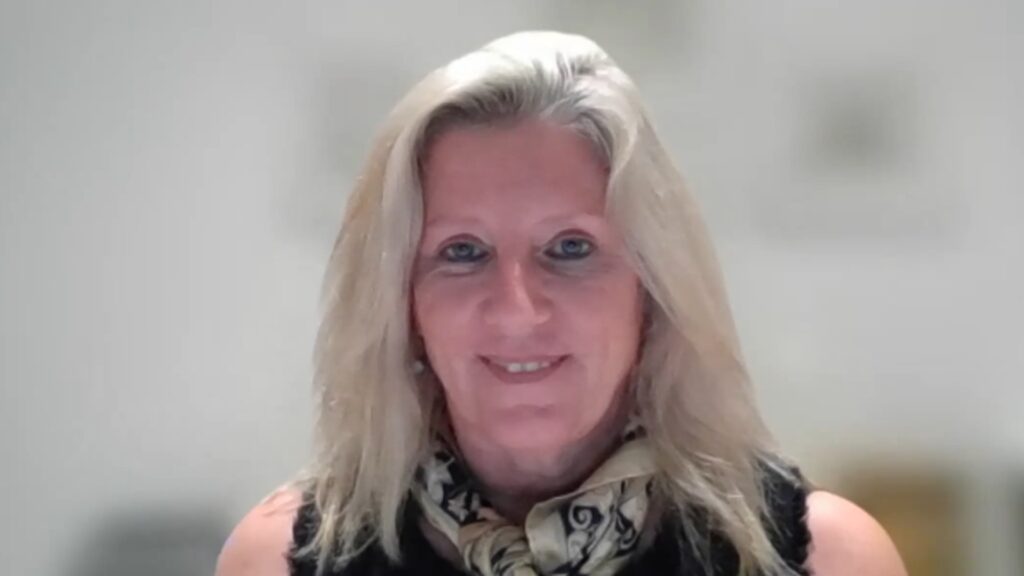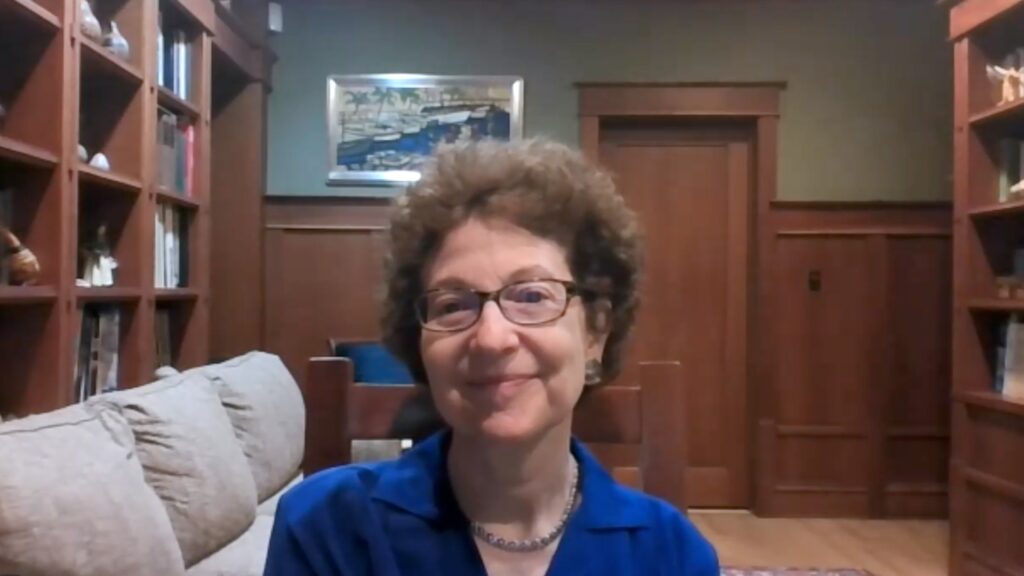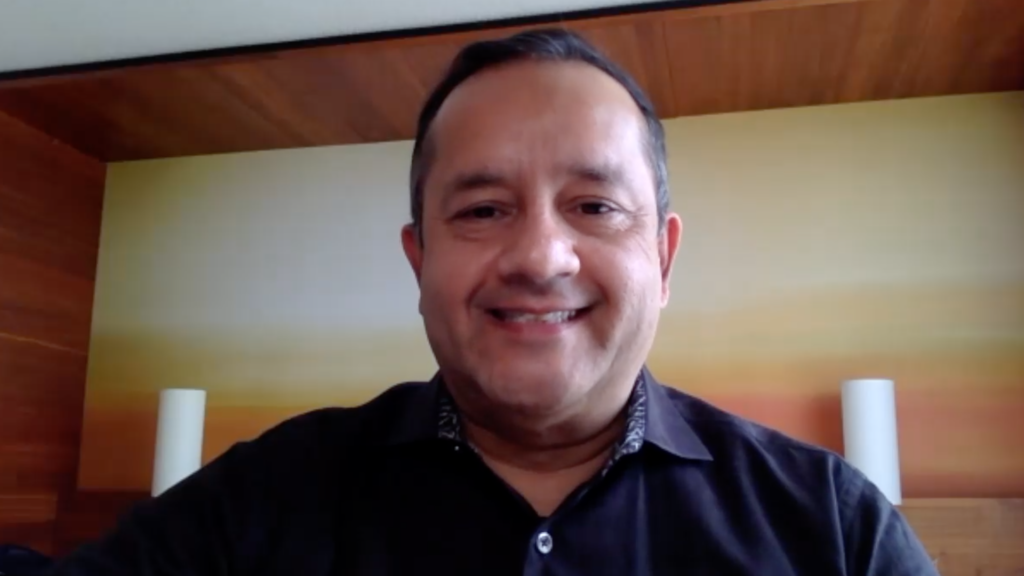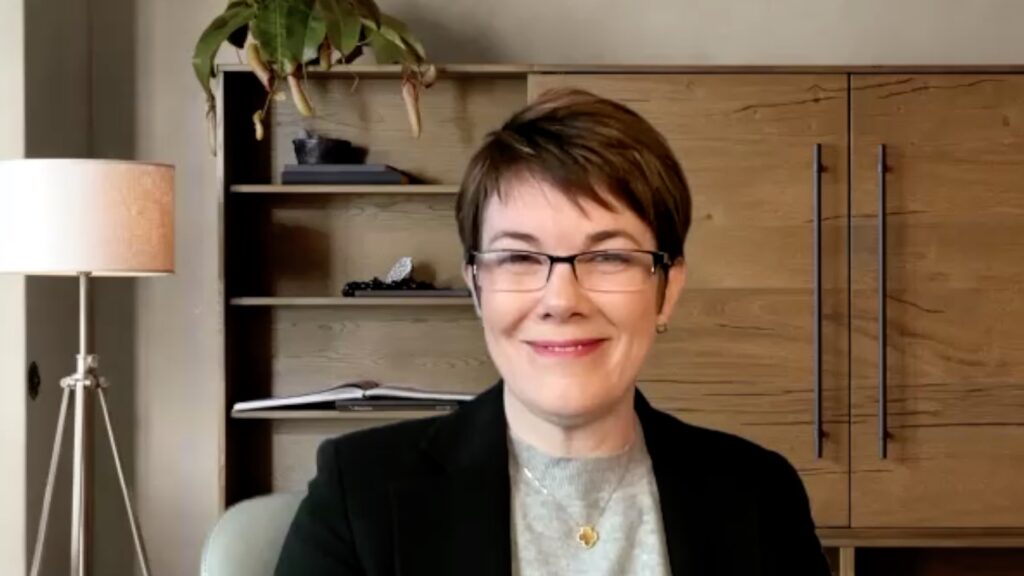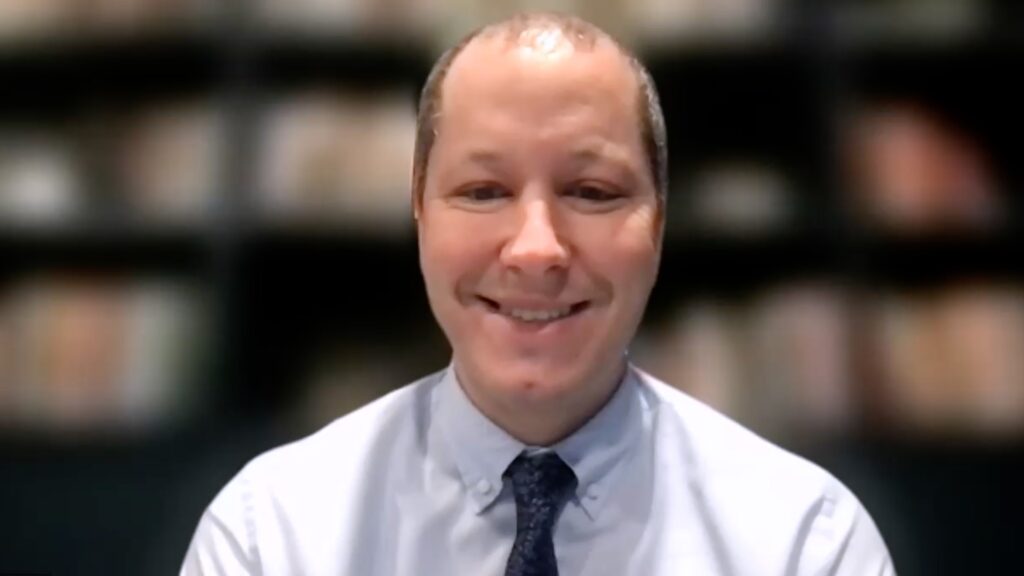touchIMMUNOLOGY coverage of data presented at AAD 2023:
The treatment paradigm for pemphigus remains with many unmet needs, the current standard of care remains to be systemic corticosteroids, which cause many phycological and metabolic side effects, in the past few years rituximab has been approved alongside steroids; however takes months to work. touchIMMUNOLOGY were delighted to talk with Prof. Dedee F. Murrell (St George Hospital Campus, Kogarah, Sydney, Australia) around the prognosis and current treatment paradigm for pemphigus, the new treatments in the pipeline and the future directions of therapy.
The presentation ‘New treatments in the pipeline for pemphigus‘ was presented at AAD 2023, 17-21 March, 2023.
This information is brought to you by Touch Medical Media and is not sponsored by, nor a part of, the American Academy of Dermatology (AAD).
Questions
- What is the prognosis and current treatment paradigm for pemphigus? (0:04)
- What new treatments are currently in the pipeline? (2:40)
- What do you consider the future directions of therapy? (6:05)
Disclosures: Dedee Murrell discloses serving on advisory boards for Argenx, Sanofi, Principia, Janssen, Lilly, Almirall, Roche, Cocreator PDAI, BPDAI, MMPDAI, Abbvie, Novartis, Kineska, Amryt, Castle Creek, Rheacell, and Shire.
Unapproved products or unapproved uses of approved products may be discussed by the faculty; these situations may reflect the approval status in one or more jurisdictions. No endorsement of unapproved products or unapproved uses is either made or implied by mention of these products or uses by Touch Medical Media or any sponsor. Views expressed are the speaker’s own and do not necessarily reflect the views of Touch Medical Media.
Transcript
What is the prognosis and current treatment paradigm for pemphigus? (0:04)
So basically, the prognosis is that it tends to be a lifelong condition that needs to be controlled. The mainstay of treatment worldwide has been strong systemic corticosteroids and the international guidelines which our group put together with the world experts published – you need at least one milligram per kilo per day. So, if you’re a 75 kilograms person, that’s 75 milligrams, which is a massive dose of steroids. And in many countries you need up to 1.5 milligrams per kilogram per day and then that’s given perhaps for a month or longer until the disease is under control and then slowly tapered. But just in the last five years or so, a new treatment in addition to this has been approved based on trials, which is an infusion called rituximab, that is now the standard of care. But the problem with that treatment is it takes three months to work, so you still have to expose patients to these more rapidly acting drugs which have these side effects. Basically, if you go on big doses of steroids within a couple of weeks, you’re already having psychological side effects. Then you start to have metabolic side effects like high blood pressure, weight gain, diabetes. Your bones gradually begin to melt away. And one of the biggest risks from being immunosuppressed is catching infections. So, whilst these are very effective, they have significant risks for the patients. And these are especially significant for those old people who are getting bullous pemphigoid because they already have many other health problems and the worst side effects in this group of patients. As I said, with rituximab, it is promising but you’ve still got to cope with the three to four months of coverage with the steroids. And then during the two years of the pandemic, it was found that patients who had the rituximab treatment had a five times higher mortality from COVID, because rituximab is not something that you can reverse once you’ve had it. It suppresses your immune system for 6 to 12 months, whereas steroids, you can suddenly stop them. And you know, then if you’ve got an infection, they can be stopped while rituximab is a kind of irreversible type of cancer treatment. So, there is still a great need for better treatments for these patients.
What new treatments are currently in the pipeline? (2:40)
The session that I was chairing I had to give a summary on that topic and Aikaterini Patsatsi, a Professor of Dermatology in Greece, gave the topic on bullous pemphigoid. I just summarize them briefly here. It’s very exciting because in randomized controlled trials going on at our centre in Sydney and many all around the world, we have recently had a trial of something called a bruton tyrosine kinase inhibitor, which was called rilzabrutinib, it’s a tablet, it showed a lot of promise. Unfortunately, the wrong endpoint was changed in the study and so it just missed out on being significant. But there are other companies with similar medications and I think that will help to get the disease under control faster with less steroids. Likewise, there’s another randomized controlled trial of a treatment called an FCRN inhibitor, which is a FcRN receptor involved in recycling autoantibodies. And because the disease involves an overproduction of immunoglobulin G autoantibodies, if you give this injection roughly once a week, it suppresses the IgG within a week or two of one or two injections. So therefore, you’re getting rid of the primary driver of the disease. So that’s quite advanced now in the phase 3 trial. There is what is said to be a potentially curative treatment study being only in phase 1 at the moment in the University of Pennsylvania, in California, in the United States. And this is an approach called CAR-T, whereby you engineer a T cell to destroy cells which are leading to these bad antibodies being produced. If that were to work, it could be a curative treatment because they’ve used it for treating certain types of cancers. But it’s very early stages at the moment, that study. However, there are other companies with other drugs in the pipeline, including one called nipocalimab, which is another FCRN inhibitor. There’s a company in Italy, which is developing something called a Fas ligand inhibitor in development and there’s a company in Germany, which is working on a way to interfere with these T regulatory cells that are abnormal in this disease. So, what’s exciting is having the right tools to measure the response, both objective as well as quality of life tools, and that finally, advances are being made for these patients. Similarly, for the elderly patients with the bullous pemphigoid, there are three randomized controlled trials currently underway worldwide. One is for dupilumab, which is a very safe treatment that’s currently approved for patients, including children, who have bad eczema. There’s another trial, phase 3 of some medicine approved for asthma called benralizumab. And the same drug that’s in trial for pemphigus has just been launched, that reduces immunoglobulin called efgartigimod from a Belgian company. So, these are promising new treatments.
What do you consider the future directions of therapy? (6:05)
I don’t have a glass ball to see into the future but what I can imagine from what’s going on at the moment, is that just like with psoriasis patients, patients with pemphigus and pemphigoid hopefully will end up being managed with self-injected biologic agents, which can control their disease. So that they can avoid steroids if not altogether, then in much lower doses. I see that patients will be managed more at expert centres who are familiar with these rare diseases and that they’ll be on lower, if any, steroid doses and that hopefully this will lead to an improved quality of life and less unemployment for these patients.
Subtitles and transcript are autogenerated. All patients provided informed consent for the reuse of their images in medical education.
Support: Interview and filming supported by Touch Medical Media Ltd. Interview conducted by Victoria Jones.
Filmed in coverage of the 2023 AAD Annual Meeting.
Click here for more content on dermatological conditions.


